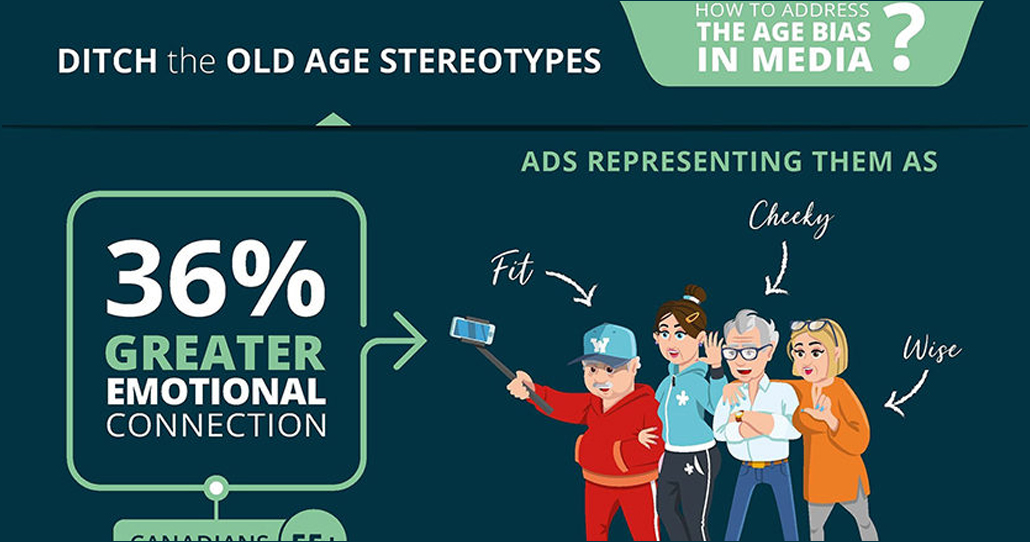The good news is that we are living longer. The bad news is that we are living longer. While it’s wonderful that medical advances are enabling us to live an average of 15-20 years more, that also means our retirement nest egg needs to stretch further. Are your clients aware of this new reality?
Your clients need to be made aware that the old math no longer works. If they are like most people, they are saving the same amount, based on financial plans calculated to 80-year life expectancies. Today’s statistics tell a much different story than when their retirement plan may have been formulated:
- 25% of 65 year olds today will live past 90
- 10% of 65 years olds today will live past 95
- Chances are 50% that one member of a marriage will be alive at 92
- Living until 100 is becoming more and more common
Not only that, but in 45% of couples, the wife will outlive her husband by 5 years. Since women typically earn less than men do during their working years, their retirement nest eggs are significantly smaller. According to The Globe & Mail, most women experience a $160,000 shortfall in retirement funds, putting them at a greater risk to outlive their money.
Experts pin the typical financial shortfall most Canadians will face at $10k/year. So how can you advise your clients on making their money stretch to cover that shortfall?
Advise them to factor in inflation. Counsel that a 3% inflation rate over 24 years will mean money will be worth only half what it once was. So, if one retired at 60, by age 84 s/he would need twice the amount of money to live in the manner they are now.
Work longer to save more. Every year of work equates to more financial security. During that time, savings can accumulate, investments can compound, dipping into investments for living expenses is delayed. Even working part time can make a big difference. The new retirement age has become 65, so more Canadians are delaying exiting the workforce.
Put off collecting CPP. The Government of Canada lets us start drawing from the Canada Pension Plan as early as 60, or as late as 70. Start drawing down early and monthly payments will be less; delay receiving benefits and those monthly payments will go up. If possible, use retirement funds to delay drawing down from CPP.
Adjust spending habits. Once retirement hits, day-to-day spending automatically goes down. Commutes to work and work-related expenses become history, taxes will go down. Yet finances still need to last. Longevity doesn’t necessarily mean extra healthy years; money may be needed for medical costs, live in help, or assisted living. More mindful spending can go a long way.
Consider borrowing against home equity. Home ownership presents a smart way to help make up for a financial shortfall. Home owners can use a product like HomeEquity Bank’s CHIP Reverse Mortgage to leverage equity in a principal home in order to get access to funds, tax free. Regular mortgage payments are not required until vacating the home, and it’s easy to get approved.
Revisit the financial plan each year. Health and home situations can change. Unexpected expenses can arise. Whether your clients do it alone or with a professional financial advisor, regular reviews of their retirement every year can help ensure that their golden years don’t find them in the red.
Statistics for how long people live:
https://www.theglobeandmail.com/investing/personal-finance/retirement/article-70-is-the-new-retirement-age-or-is-it/
https://www.cnbc.com/2018/01/12/failing-to-plan-for-longevity-can-hurt-your-finances.html
https://www.nydailynews.com/life-style/3-ways-living-longer-shaking-retirement-planning-article-1.3791157
Amount need to retire comfortably
https://business.financialpost.com/personal-finance/the-magic-number-for-retirement-savings-is-756000-according-to-poll-of-canadians
https://www.theglobeandmail.com/globe-investor/retirement/why-women-need-to-save-more-than-men-for-retirement/article1314614/
When to withdraw CPP
https://www.moneysense.ca/columns/the-best-time-to-start-cpp-if-you-dont-know-when-you-will-die/








